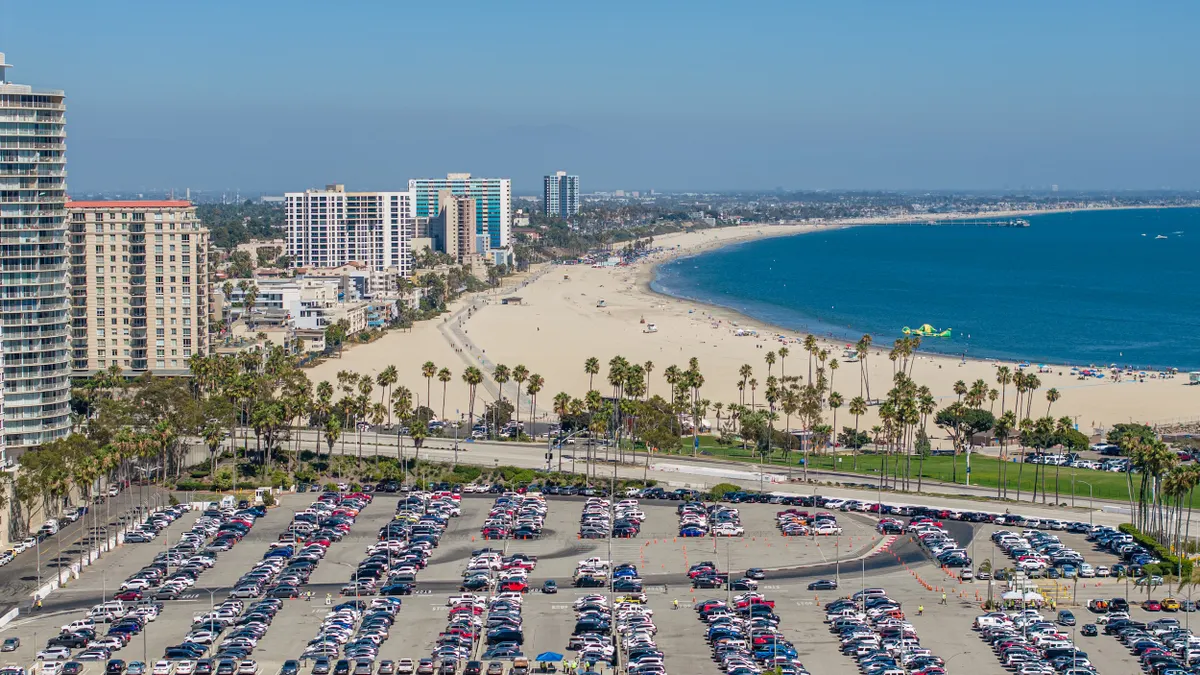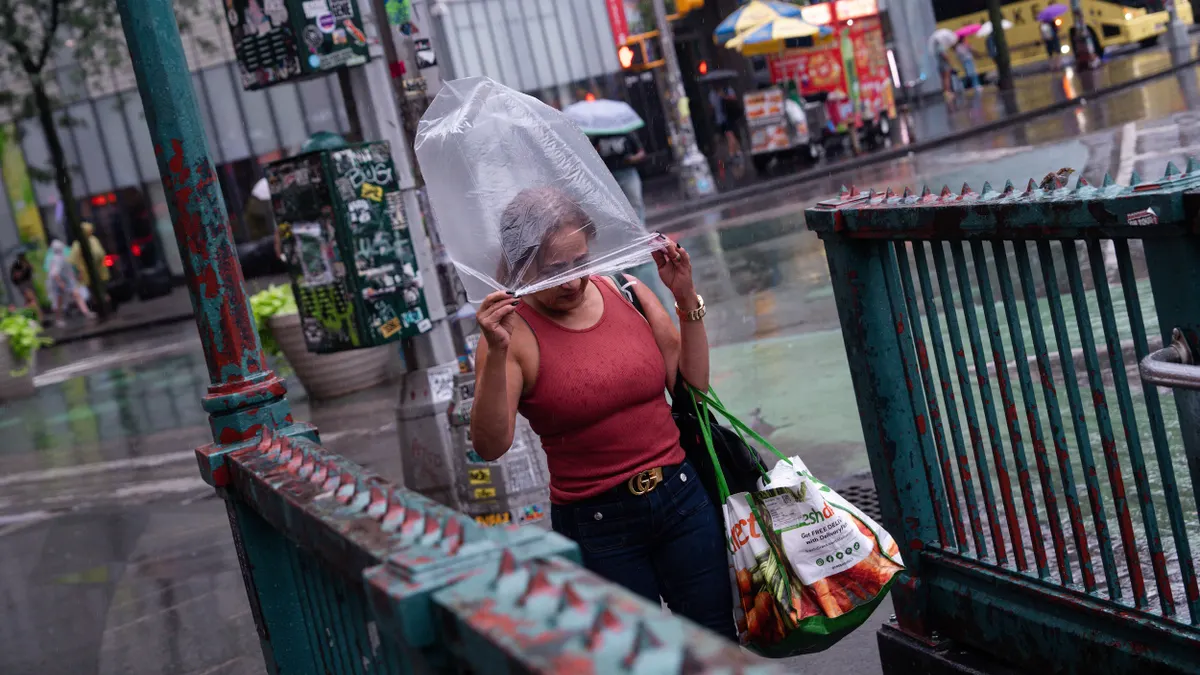Editor's Note: The following is a guest post from Chris Shaffner, senior vice president of the Water and Community Facilities division at CoBank.
Water location and infrastructure are among the key elements of planning and development for cities and towns, yet far too many water sources are contaminated with sewage from faulty septic systems.
In Hilton Head Island, SC, for example, some low-income families have resigned themselves to a new normal: puddles of sewage in their yards due to flawed local soil conditions that can’t support sewage systems. In Miami-Dade County, FL, there are tens of thousands of septic tanks, and more than half don’t function properly; by 2040, as much as 64% of the county’s tanks could be impacted.
These issues affect not only the citizens who rely on tanks for sewage treatment, but also the water supply, as contamination poses a threat of illness to anyone who comes in contact with it.
An interconnected water ecosystem
Septic systems are an intrinsic component of our interconnected water ecosystem. Drinking-water protection is a holistic endeavor that can’t be separated from septic system plans, environmental wastewater regulation and reuse efforts, or lead and infrastructure maintenance processes. Keeping water safe and secure requires understanding that interconnectedness.
What’s more alarming is that wastewater processing and septic system infrastructure problems worsen every year, and not just in rural areas. As the number of septic systems increases (largely due to population growth and urban sprawl), the risk of malfunction also rises. Older systems experience stress as populations grow in areas that were previously rural — and people might not dispose of their waste properly or even be required to do so.
Meanwhile, climate change introduces entirely new problems. Storms flood drain fields, groundwater levels rise in coastal areas, and higher temperatures encourage tropical diseases to flourish in sewage pools.
Strategies for improving water quality
Thankfully, we can take action today to ensure a safer tomorrow for water quality. The following policy changes and other strategies will help keep our water drinkable and contamination-free across the country:
Educate private well owners
More than 43 million Americans rely on private wells, but most of them don’t even know if their water is safe to drink. Because the government doesn’t monitor wells, the onus falls on owners to test their water. However, well owners often lack the funds, resources or knowledge needed to test their water properly.
Well water systems around Maryland's Chesapeake Bay and Surry, ME are salient examples. In Chesapeake Bay, poorly treated waste contaminates drinking water with bacteria. Even if homeowners use their own wells, they’re still at risk of water contamination from their neighbor’s waste.
As residents of Surry have recently discovered, wells also require continual testing; Maine is known for its granite, for instance, but the rock also leaks arsenic into the state’s groundwater. In Surry, more than 50% of wells tested exceeded the federal limit of arsenic, with just under one-quarter having 10 times the limit. Finding solutions to fix the arsenic contamination is a costly process, and it’s out of the price range of the people who need it most.
With better education, well owners would understand the risks of contamination. Once they understand those risks, they could take advantage of programs such as the Rural Community Assistance Partnership to get the training, technical help and resources necessary to properly maintain their wells.
Address septic system pollution in new bills
Too often, septic systems are only inspected at the time of property transfer. At that point, it’s often too late and too expensive to fix (according to Clean Water Action, this can cost more than $50,000). Worse, malfunctioning systems can fall through the cracks during inspections, so new homeowners could become stuck with costly fixes they might not be able to fund. That means homeowners might know their families are at risk of disease and other complications but lack control over the problem.
Instead, Clean Water Action has outlined bills such as the proposed HB 190 (which defines a failing septic system), HB 539 (which deals with reuse of wastewater), and SB 353 (which handles licensing of on-site installers and inspectors), that could help address issues surrounding polluted septic systems while they’re still early enough to correct.
These bills allow communities to reuse potable wastewater for their lawns or gardens rather than flushing it through to septic systems that are easily flooded. They also standardize definitions of a septic system’s functionality, which leads to communitywide recognition of failing septic systems.
Keep wastewater top of mind
It’s too easy to allow wastewater to fall out of sight and out of mind. But wastewater should be a central part of our management efforts of broader water resources — think of the full ecosystem of managing and protecting a limited resource, and proper reuse, treatment and reintroduction into the environment.
Given what’s at stake and the associated health risks, the bills listed above are an important first step in standardizing the management and operation of these systems. We need to hold septic system regulators accountable for system design and installation approaches that keep our water safe.
This also includes post-installation inspections, which many states don’t actually require; some states (such as Georgia) don’t even make homeowners or real estate agents disclose that a house is on septic at the point of sale. The only time the previous owners would have to share that information is if there was known damage or if the buyer asked specifically. And not knowing the home is on septic means buyers might not know septic maintenance checks are needed until it’s too late.
By viewing wastewater purity as a national issue, we can hold everyone accountable for the ongoing education, commitment and efforts needed to keep our water drinkable for generations to come. Water is essential to our lives as humans — and keeping it clean is up to all of us. If we don’t commit to our water, we’re the ones who will suffer the consequences.

















